Lissette Cruz bends over a piece of Puerto Rican history. Using her hands she breaks small pieces of colored stones, tiles or glass, and then glues them into unique designs. She fills the gaps in between the pieces with grout and wipes off the excess with a sponge.
She is creating vejigante and petroglyph mosaics. Vejigante is a folkloric character in Puerto Rican festival celebrations, and petroglyph is a technique that consists of pecking directly on a rock surface using a stone chisel and a hammer stone.

Cruz teaches the art of making vejigantes and petroglyphs mosaics in after-school programs in Humboldt Park. The classes give the students a chance to learn about Puerto Rican history, she says.
The classes give the city Puerto Rican students a chance to identify with their heritage, which is important because Puerto Rican art often lost among the city’s vibrant but predominantly Mexican and Latin American Communities.
The Puerto Rican Arts Alliance & Exhibition Program partners with After School Matters in a skill-building program that provides youth with academic development, job skills, and professional studio arts experience.
According to the “60 Years of Migration: Puerto Ricans in Chicagoland” report, 196,913 Puerto Ricans live in Chicago.
In the fall and spring sessions, teens are paid a $100 to $150 stipend for their attendance and participation in the program. In the summer, teens are paid $400-$800, depending on the level of their program and how many hours they meet, says Emily Suied, the After School Matters Program liaison.
The class allows students between the ages of 13 and 19 to learn how to make small-scale mosaics inspired by Afro-Caribbean motifs and indigenous symbols from the Taino Nation of the Caribbean.
“My challenge and goal is to have a visual art program with a cultural sense,” says the director of the Puerto Rican Arts Alliance, Jorge Felix.
Felix points out the designs are perfect for students to learn the traditions of the Caribbean.
“During the summer [students] prefer vejigantes,” Cruz says. “Because that reminds them of dragons, but during the fall they prefer petroglyphs.”
A Puerto Rican student, Jennessa Martínez, chose the petroglyph because she found the history behind it more interesting.
“It gives a story behind our artwork,” Martinez says. “We’re not just making everyday art. We’re bringing a new light on [what has been] forgotten.”
In two different municipalities of Puerto Rico, vejigantes have different characteristics.
“In Loiza, vejigantes masks are made of coconuts,” Cruz says. “And in Ponce masks are made of papier mâché.”
According to the U.S. Census Bureau, in Puerto Rico 35,753 individuals identify themselves as ‘American Indian and Alaska Native’ alone or in combination with another race in 2010.
Martínez’s mom, Tanika, doesn’t know that much history about the Taino’s because it had never been taught to her in school.
“Schools in America only teach American history and/or European history,” she says. “Puerto Rican culture is not taught because it is not considered a priority.”
Martínez, 17, loves taking classes in the arts program. The program helped her grow as an artist and a person through their helpful critiques and support, she says.
Some students come here because it is within walking distance, Cruz says.
After School Matters sells the art crafts of the students in its gallery at 66 E. Randolph St. in order to make money for the next year program.
The art sells for around $300.
During a school semester, the 10-week class is offered for three days a week for three hours per day.
“Jennessa is getting really good at it,” Cruz says. “ I can see her taking another step.”
The students learn about color theory, self-esteem, empowerment, decision-making, leadership and patience, she says.
Art crafts such as mosaics “can be a career,” Cruz says. “I have seen a lot of mosaic work over the city.”
According to the Bureau of Labor Statistics, a craft and fine artist’s median wage in 2010 was $20.90 per hour with a total of $43, 470 annual.
Xiomara Vazquez looks over the student artwork. “Because by living in a predominantly Latino community I see that there are not many ways for expressing themselves. In places like this, they are offering them outlets, she says”
Vazquez can see the students’ passion and professionalism and sees the mosaic as an option in her future, she says.
“When I was still in elementary school I worked [with other students] in a mosaic,” Vazquez says. “[It] is one of many pieces of art that the school has.”
The spring classes will start on Jan. 27 at the Fieldhouse at 1440 N. in Humboldt Park.
“After School Matters believes it is important to partner with community organizations,” Suied says. “To give more teens around Chicago the opportunity to participate in the program.”


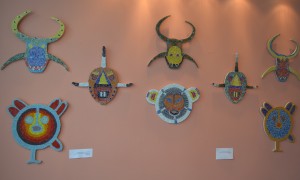

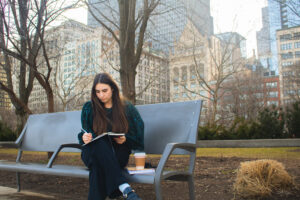
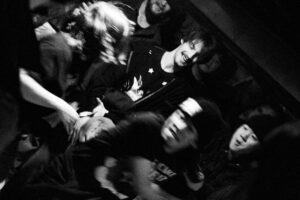
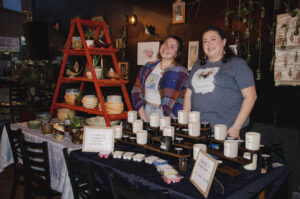
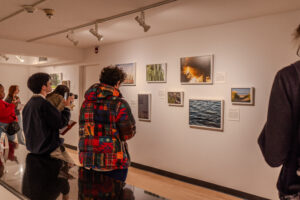
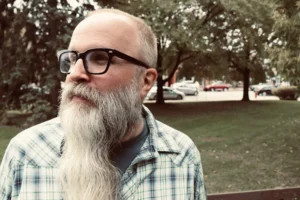










Be First to Comment